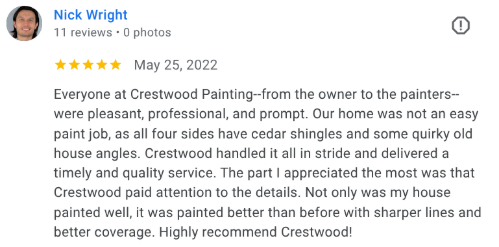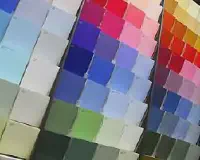Deep, vibrant paint colors can transform a room with dramatic flair, but you might be wondering how many coats of paint does it take to get that full, even coverage. As it turns out, extra steps and careful planning are often necessary for rich, saturated shades.

Why Deep Colors Don’t Cover as Well
Dark or intense shades like chocolate brown or burgundy require more tint in the formula, which reduces the space for coverage-boosting ingredients. This leads to diminished hiding power and reveals the old color underneath after the first coat or two. If you’ve ever experienced red paint challenges, you know how frustrating multiple coats can be when the color just won’t seem to settle.
Coverage Challenges and Solutions
Some hues, such as electric blue or canary yellow, raise immediate questions - will this be tough to cover? The answer is often yes. Bright colors rely on large amounts of tint, making it harder to mask the existing surface.
There's only room for 128oz in a paint can. Deep colors need much more tint so there's less room for key ingredients that provide coverage. This balancing act explains why deeper hues often demand extra coats, whether it’s a Fire Engine Red or a shining Chartreuse.
Choosing the Right Tools
High-quality rollers and brushes designed for smooth or semi-smooth surfaces distribute paint more evenly. This is crucial in achieving consistent coverage with minimal streaks or spots.
Planning Your Schedule
Allow enough drying time between coats—rushing can cause peeling or patchiness. Depending on the depth of the color, you might need anywhere from two to five coats, so budget extra days if necessary.
DIY Trick
Using a gray-tinted primer helps reduce the total number of coats needed for deep or bright colors. A gray base offers a more neutral foundation than white, allowing the final shade to appear richer without overwhelming the surface.
Why Gray Primer Works
When painted over white primer, dark or bold colors can look patchy until multiple layers are applied. Gray primer bridges the gap, letting you reach full saturation with fewer coats.
Application Tips
Apply thin, even coats and let them dry completely. Even with the primer, a challenging color like bright orange or deep purple may still require extra coverage.
Impact of Paint Quality
Not all paints are formulated equally. Lower-priced products often lack the right blend of resins and additives, leading to weaker coverage.
The Value of Premium Formulas
High-end paints balance pigments and titanium dioxide—or similar components—so fewer coats are needed to conceal the old color fully. If you’re undertaking a large interior painting project, investing in better paint can save you a lot of time and effort.
Balancing Budget and Performance
If you’re painting several rooms, consider premium paint for the most visible or high-traffic areas and a mid-range product elsewhere. For more information on selecting a reliable contractor, check out 12 Questions to Ask Before You Hire a Painter.
Why Color Choices Affect Project Costs
Darker or more saturated shades usually need more coats, more primer, and additional labor, which can raise the cost. Being upfront about your color preferences early on with your painter helps them give you an accurate estimate. For more insights on interior painting, see interior painting.
A gray base offers a more neutral foundation than white, allowing the final shade to appear richer without overwhelming the surface.
The Tug-of-War Between Tint and Hiding Power
Paint has limited space in the can. The higher the tint requirement, the less room there is for key ingredients that provide coverage. This balancing act explains why deeper hues often demand extra coats, whether it’s a deep burgundy or a glowing canary yellow.
The Role of Titanium Dioxide
Titanium dioxide is the primary substance responsible for a paint’s hiding power, enabling it to mask the previous surface effectively.
Hiding Power in Paint
Titanium dioxide scatters and reflects light, ensuring you see the new color instead of what’s underneath. When large amounts of tint replace some of this compound, the paint’s coverage weakens.
Learning More
For a deeper dive into this crucial ingredient, search for more about titanium dioxide. Understanding how it functions can help you choose the right product for challenging shades.
Different Paint Bases
Manufacturers create various bases, each intended for a specific color range. If you pick a hue outside of one base’s capacity, you may need to switch to another product line or base.
Light vs. Dark Base
Lighter bases accommodate pastels and mid-range colors with only small amounts of tint, while darker bases include extra space for deeper pigments. When you aim for super-saturated shades, a dark base is essential.
Matching the Right Base to Your Color
Not every premium paint line offers an ultra-deep base. If your chosen color demands more tint than that line supports, you may have to opt for a different brand or a commercial-grade product. Balancing color preference with paint performance is often the best strategy for vibrant, long-lasting results.



